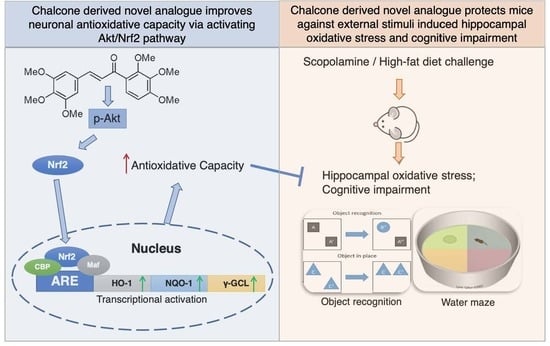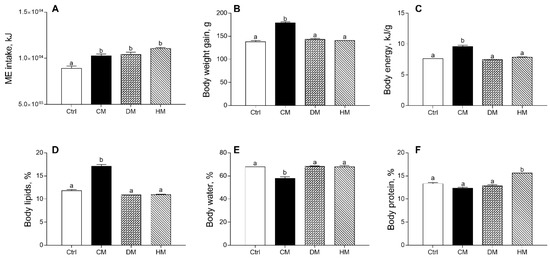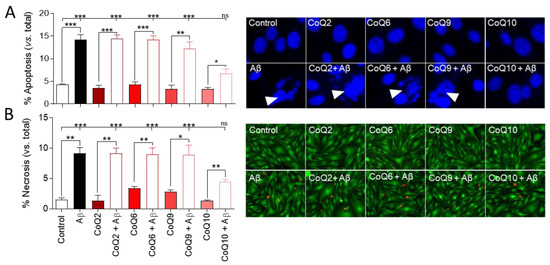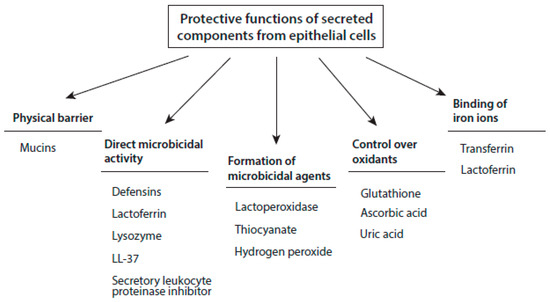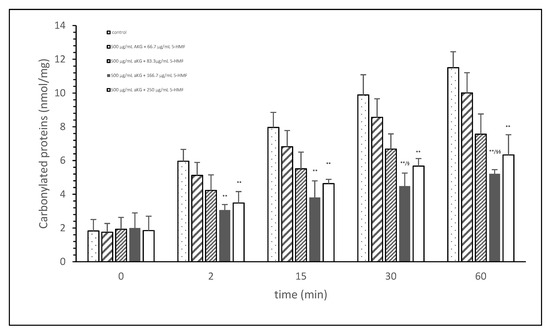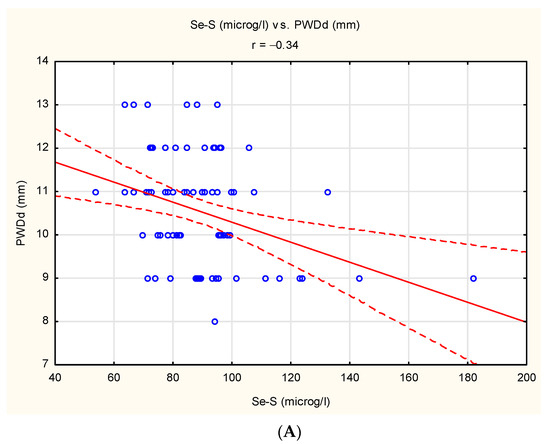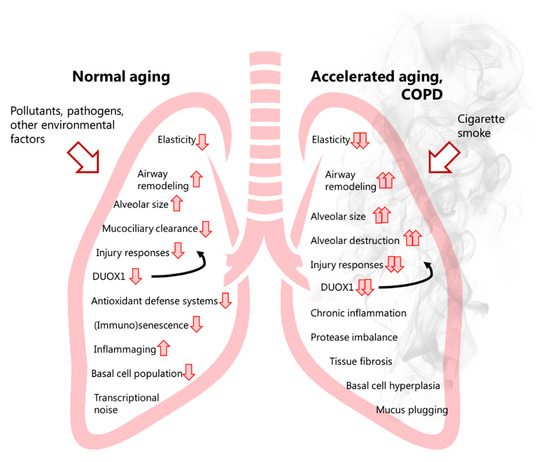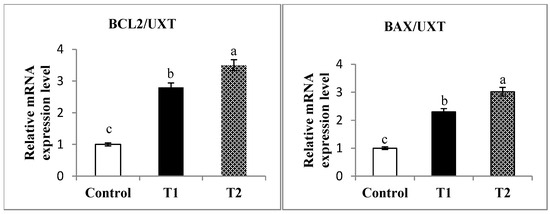Antioxidants 2021, 10(11), 1811; https://doi.org/10.3390/antiox10111811 - 15 Nov 2021
Cited by 6 | Viewed by 2727
Abstract
NF-E2-related factor 2 (Nrf2), the key transcription regulator of phase II enzymes, has been considered beneficial for neuronal protection. We previously designed a novel chalcone analog, 1-(2,3,4-trimethoxyphenyl)-2-(3,4,5-trimethoxyphenyl)-acrylketone (Tak), that could specifically activate Nrf2 in vitro. Here, we report that Tak confers significant hippocampal
[...] Read more.
NF-E2-related factor 2 (Nrf2), the key transcription regulator of phase II enzymes, has been considered beneficial for neuronal protection. We previously designed a novel chalcone analog, 1-(2,3,4-trimethoxyphenyl)-2-(3,4,5-trimethoxyphenyl)-acrylketone (Tak), that could specifically activate Nrf2 in vitro. Here, we report that Tak confers significant hippocampal neuronal protection both in vitro and in vivo. Treatment with Tak has no significant toxicity on cultured neuronal cells. Instead, Tak increases cellular ATP production by increasing mitochondrial function and decreases the levels of reactive oxygen species by activating Nrf2-mediated phase II enzyme expression. Tak pretreatment prevents glutamate-induced excitotoxic neuronal death accompanied by suppressed mitochondrial respiration, increased superoxide production, and activation of apoptosis. Further investigation indicates that the protective effect of Tak is mediated by the Akt signaling pathway. Meanwhile, Tak administration in mice can sufficiently abrogate scopolamine-induced cognitive impairment via decreasing hippocampal oxidative stress. In addition, consistent benefits are also observed in an energy stress mouse model under a high-fat diet, as the administration of Tak remarkably increases Akt signaling-mediated antioxidative enzyme expression and prevents hippocampal neuronal apoptosis without significant effect on the mouse metabolic status. Overall, our study demonstrates that Tak protects cognitive function by Akt-mediated Nrf2 activation to maintain redox status both vivo and in vitro, suggesting that Tak is a promising pharmacological candidate for the treatment of oxidative neuronal diseases.
Full article
(This article belongs to the Section Health Outcomes of Antioxidants and Oxidative Stress)
►
Show Figures
